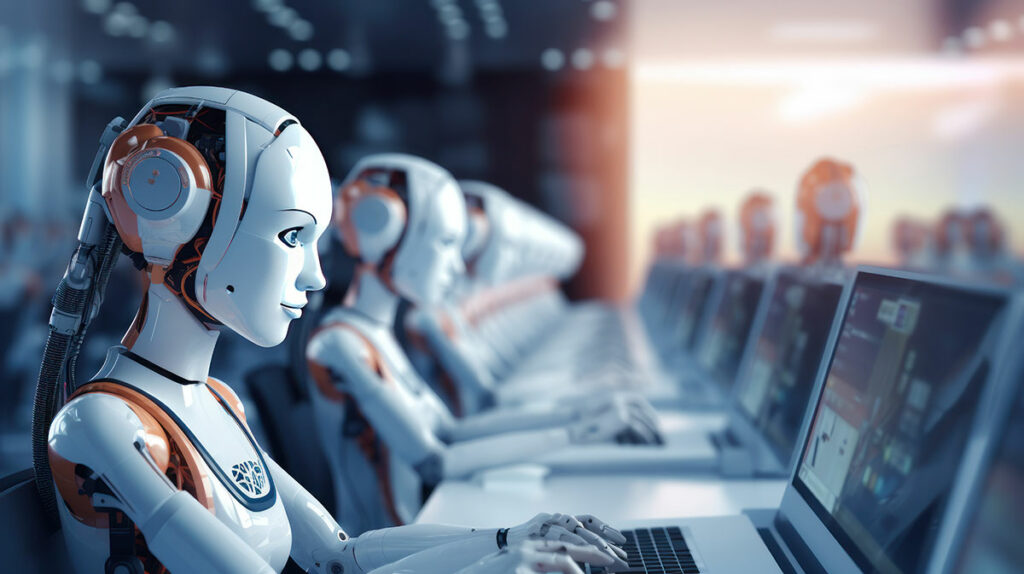Will New Technology Bring Workers Back to the Office?

As the world continues to shake off its Covid-19 hangover, despite our collective best efforts we haven’t had our own return to normalcy. The tension between bosses wanting workers back in their cubicles and workstations, and employees wanting to remain in the brave new world of the work-from-home economy puts an exclamation point on the evolving jobs market.
It is an issue of particular importance to productivity, growth and ultimately, the bottom line for businesses. But it is nothing new.
Every generation thinks its wonders and tragedies are something new to the human experience. And for many, the shift to a virtual office system during the pandemic is proof that their generation is experiencing something unprecedented in human history. But they are not.
In the late 17th and early 18 th centuries, working from home was the basis of manufacturing. The application of machine power to means of production that would become the Industrial Revolution – around 1760 – was yet to come and the cottages of remote workers were the factories.
Called the putting-out system or the domestic system, these scattered workshops replaced the older system of guilds with their masters, journeymen and apprentices. In these cottage industries, the owner provided raw materials and delivered the product in its various stages of production to the individual craftsmen. The owner then sold the finished product.
The system provided the owner with control of the entire supply chain – classic vertical integration – and workers with the flexibility to care for elderly parents or young children and supplement the family income.
The domestic system was also more flexible in terms of adapting to changing conditions. This capitalistic organization was stimulated by technological advances, much like our own digital age, that allowed workers to practice their trade remotely.
With industrialization, the means and place of production shifted to the factory floor where ownership benefited from economies of scale and increased productivity. And that idea of a centralized workforce in factories and offices became the norm. As technology progressed, the work-from-home economy did not disappear, continuing as a pre-industrial relic that would eventually include envelope stuffers and multi-level marketers.
But when the traditional office shifted to a virtual world, the work-from-home landscape changed. The efficiency and productivity advantages the factory system offered translated to the new version of the domestic system. Aided by the digital revolution, employees working out of a home office were just as efficient as in an office building and productivity stayed strong. And many don’t want a return to the “normalcy” of office life.
To bring workers back to the brick-and-mortar world and maintain productivity gains, ownership may have to rely on some even newer technology: Artificial Intelligence.
AI has become its own buzzword, with would-be entrepreneurs and self-style disrupters touting its endless possibilities and applications. But just like the early 20th century saboteurs who deliberately destroyed factory machinery – like the French workers who threw their wooden shoes call sabots into the works – the 21st century may end up with the digital equivalent from workers threatened by artificial intelligence.
The more things change, the more they stay the same.






